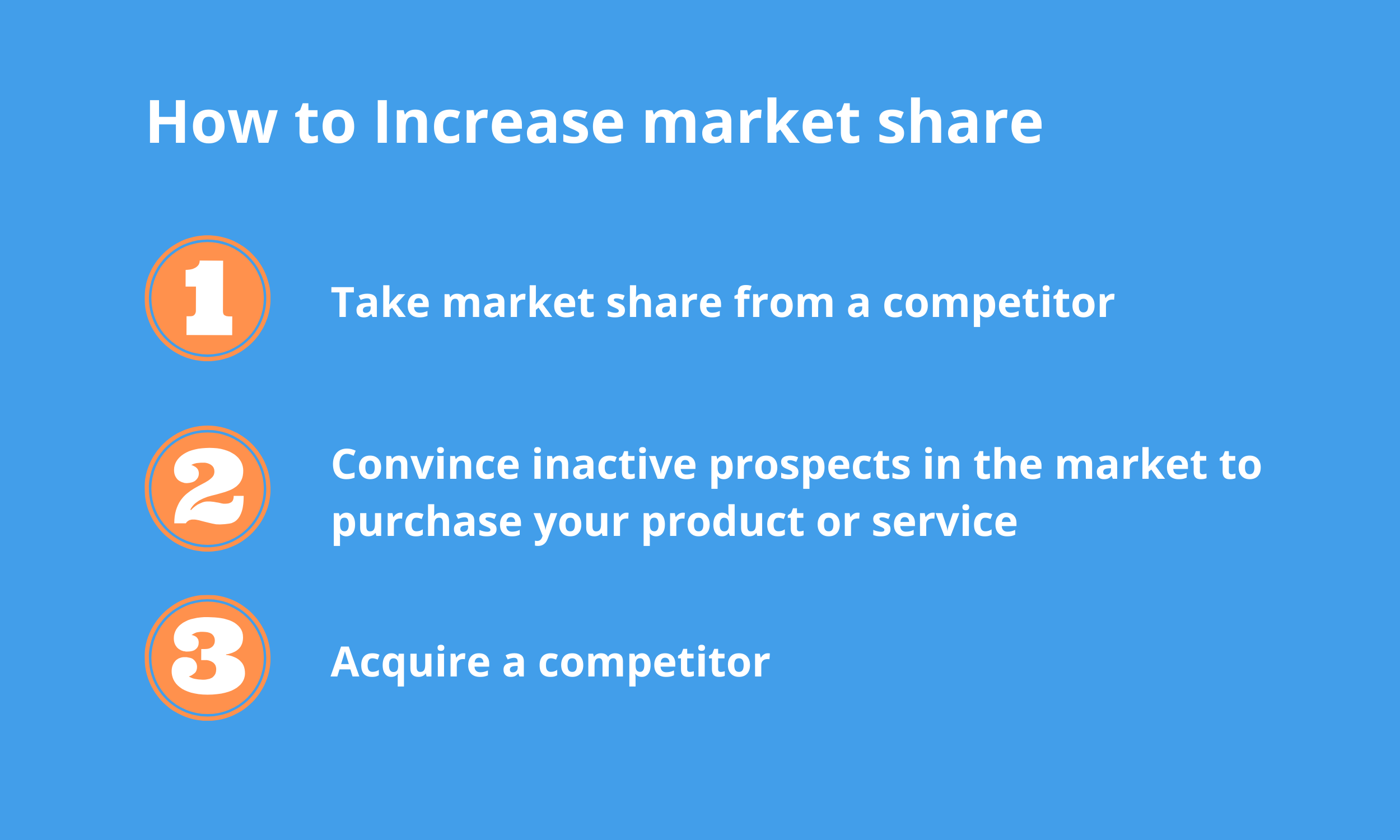Analyzing Competitors to Improve Your Go to Market Strategy
By Stewart Swayze
Conducting a competitive analysis is one of my favorite consulting services. I love digging into competitive intel and generating tactical steps for my clients to beat the competition.
There's nothing worse than getting your ass kicked by a competitor. Your sales team always says, "We lost because of our price." The marketing team says, "It's not our pricing, our sales team just sucks."
As a leader, how do you know who's right? Beating competitors is always on your mind.
How does it feel to get blind-sided by a competitor releasing a disruptive product?
Well crap!
Your R&D and product management teams start scrambling. Emails are flying … conference calls scheduled … but nobody has an answer.
Analyzing competitors is an essential tool for growing your business. The competitive analysis process helps differentiate your go to market strategy.
You can stay on top of innovative product developments. And you develop market-based pricing.
Your content marketing will be laser-focused. And you make informed and data-backed business decisions.
What is competitive analysis
The definition of competitive analysis is the process of gathering specific information, data, and insights from your competitors. Then, analyzing that competitive information against your business competencies, products, services, or functions.
Competitive analysis aims to identify gaps, trends, and insights to improve your strategic decision-making.
How is competitive analysis related to market research
When you conduct competitive analysis and market research, you gather market information using primary and secondary research. Both types of research help companies improve.
However, we define market research as the process of gathering insights on your target market by using primary and secondary research on/from potential customers.
In contrast, competitive analysis is a research process that focuses on your competitors. You're comparing a competitor's products, process, and strategy against your own.
To simplify: Market Research gathers information on your customers (and the overall market). Competitive analysis collects information on your competition.
How competitive analysis gives you a step up on the competition
Identify service or product gaps that you can fill to adjust your marketing strategy or multi-generational product planning
Determine how your competitors are winning and losing customers so you can adapt your go to market strategy
Identify how your competitors are attracting prospects so you can differentiate your lead generation strategy
Identify your competitors' product marketing and sales strategies, so you can develop, and promote your unique selling proposition
Conduct a gap analysis so you can improve your strengths and weaknesses versus the competition
Analyze the market's reaction to your competitor's content marketing strategy to enhance your content and communications
Determine your market position, so you can make strategic and tactical decisions to improve your positioning
Determine market share, so you can identify emerging competitors and create strategies to increase your market share
Gathering competitive information
Although collecting competitive information is generally legal, there are compliance requirements and laws you need to understand. The Strategic & Competitive Intelligence Professionals (SCIP) website is an excellent resource for compliance-related information.
Compliance issues are a significant reason many organizations engage external partners to conduct their competitive analysis.
70% of large enterprises believe having competitive intelligence would have increased the effectiveness of previous campaigns
You can use primary and secondary research to analyze your competitors. For example, you can conduct primary research by interviewing customers and former employees of your competitors.
But, be careful when conducting primary research for your competitive analysis. Don't ask for any intellectual property information or proprietary information.
For secondary research, collect competitive information through publicly available sources. The internet is the most critical source of competitive intelligence.
Sources of competitive data
There are plenty of sources to analyze your competition. Your competitive data sources depend on the ultimate goal and the kind of competitive information you're trying to gather.
Primary Research for Competitive Data
Customers - interview customers
Former employees - interview former employees of competitors
Industry analysts and domain experts - interview industry analysts or domain experts
Field employees - interview your customer-facing and field employees (sales & field marketing)
Secondary Research for Competitive Data
Competitor website - copy, keywords, and search traffic (SEO)
Competitor social media - company page, leadership profiles, and advertisements
Competitor content - content shared on the internet and social media (white papers, brochures, case studies, and others.)
Email marketing - newsletters and marketing emails
Press releases - PR releases and announcements sent to news agencies
Competitor support sites - reviews, Q&A, and customer support requests
Financial reports/disclosures - annual reports, analyst presentations, call transcripts, SEC filings, and others.
Patents and patent applications - US & global patents and applications
Product/technical information - product and technical specifications from the internet or inside the product packaging
Investment websites - Morningstar, E-Trade, TD Ameritrade, PitchBook, and VentureBeat
Industry analysis websites - Industrial Info Resources, IBISWorld, Nielsen, Forrester, and others.
News/Magazines - your choice of news sites and magazines
Trade journals - niche and market vertical trade journals and magazines
Third-party review sites - independent product, service, and company review sites
Forums - internet forums that discuss products, markets, trends, and people.
Trade shows and events - competitor booths and speeches
Academic research - is often overlooked - research that cites companies, provides case studies, examines products, strategies, and other research.
98% of companies agree that a competitors website is a valuable source of competitive intelligence
Tools for competitive analysis
Since every competitive analysis has different goals, it’s hard to know which tools for competitive analysis are beneficial for your project. Plus, there are a ton of “paid” tools out there. However, I’ll list a few of my favorite free tools that you probably haven’t thought about.
SpyFu - is a competitive analysis seo tool. The tool identifies the keywords that your competitors are buying on Google AdWords. When you use this tool, you can determine who your competitors are targeting and how they are using ads to drive lead generation. Once you have this information, develop a content marketing and advertising plan to “steal” leads from your competitors.
Google Advanced Search - You might be thinking, wait what? C’mon. But, hear me out. You can use Google Advanced Search to find your competitions public documents. Go to Google advanced search. Type in your competitor’s name. Then, scroll down to “file type.” Now you can search for pdf, excel, powerpoint, etc. Another way to use google search as a competitive analysis tool is to do a specific site search. In the search bar type site:competitorsurl.com, then a document type (PDF) or any other keyword. Don’t put the http or www. If I were doing this for GE it would look like this - site:ge.com PDF
G2 - Use G2 as a competitive analysis tool to determine market position. This site is a peer-to-peer review site. You can gain valuable information from verified users of software and services. Basically, you can collect “voice of customer” about competitive products.
Facebook Ad Library - I love using Facebook’s Ad Library as a competitive analysis tool! You search for your competitor’s ads. Then, you reverse engineer your competitor’s funnel. Seriously, you can figure out the step-by-step process they are using to generate leads. You’ll also find out their target audience. Like SpyFu, you can create a GTM strategy to beat your competitor’s lead generation process. This works for all products including large capital industrial equipment.
LinkedIn - You might be saying, “no way” again. But, you have no idea how much competitive data and insights you can gather from LinkedIn. Go to your competitor’s company page. Look at the documents, presentations, videos, and posts. Or, do a LinkedIn search for people that use your competitor’s products or former employees. Send an invite asking for a quick 15-minute call. Lots of people will say, “Sure, happy to help.”
Give these competitive analysis tools a chance. Test them out. I bet you’ll be surprised at the competitive analysis you can pull together using these simple tools.
Example of a competitive analysis
Project Goal: Improving GTM Strategy With Competitive Analysis
Recently, I worked on a competitive analysis project for a global industrial equipment manufacturer. I cannot reveal the client information, but I can provide an overview of the project.
The equipment manufacturer considered itself a top 3 provider in the market.
However, the industrial company noticed that competition was getting stronger. They were losing more projects, and their market share was decreasing.
The company wanted to conduct a competitive competitive analysis to understand the competitive landscape and improve its go to market strategy.
The competitive analysis focused on 5 competitors across 7 regions: North America, South America, Europe, Africa, Australia, and Asia.
Competitive insights were gathered on:
GTM strategy
Market positioning
Market share
Product development
Brand awareness
Pricing strategy
Organizational structure
R&D strategy
For this competitive analysis I used primary and secondary research to triangulate and analyze the data and insight to ensure accuracy.
Project Result: After a full competitive analysis, the client was provided with the research. Interestingly, the company found out they were no longer a top 3 provider. And a competitor they didn’t consider a threat, had overtaken my client’s position in the market.
Using the competitive analysis, I was able to provide GTM strategy recommendations to win back market share, adjust pricing, and develop innovative products.
69% of organizations that used an external partner to gain better insight report positive results from that decision
A competitive analysis helps you anticipate your competitor’s activities. It supports business leaders with data to make informed decisions and develop strategies to beat competitors. Just ensure you gather data legally and ethically.
If you need support with your next competitive analysis project, reach out to me. I’d be happy to help you think through and execute your project. Click here to learn more.


















































